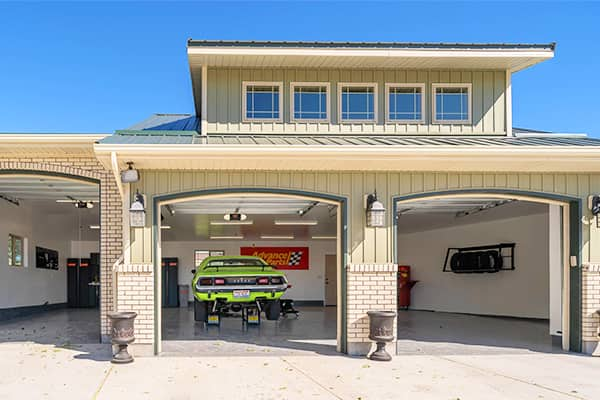By
Nobody likes driving in wet weather. It's stressful at best, downright treacherous at worst, and it's even more nerve-wracking after dark. Granted, things like the antilock braking system (ABS), vehicle stability control, and traction control make wet-weather driving a lot safer on today's vehicles, but there are still risk factors that you don't encounter in dry weather. Here are some ways you can improve the odds in your favor.

- Slow down. Don't drive at the same speeds you would in dry weather and full sun. Slowing down means you have more reaction time if something goes wrong. Allow more distance between your car and other drivers, and don't make any abrupt changes in speed or direction if you can avoid it. Drive under the speed limit if you need to, and let other drivers just go around you. It's hard to overemphasize how important the right speed is in bad weather.
- Enhance your visibility. In most states, the law states that if you need to run your wipers, you need to have your headlights turned on. Make sure your wipers are in good shape with no streaking, smudging or smearing. Inspect the wipers for dry rot or chunks or strips gone from the rubber blade—if they're worn, replace them (it's easy and cheap). Run your defroster as needed to keep the windshield clear. Treating all your window and windshield glass with a rain repellent product like Rain-X can make a huge difference in the effectiveness of your wipers.
- Keep your vehicle well maintained. That means brakes , steering, suspension and ABS system, but especially your tires. Tires are designed with a network of sipes, hundreds of tiny slashes in the tread face that help deliver traction in bad weather. In addition, the grooves in your tires are designed to channel water behind the tire's footprint and prevent hydroplaning. If your tires are starting to wear below 50% of their tread, your traction in rain is likely to be compromised.

- Modify your driving habits. Avoid driving through even smaller puddles if you can avoid it; it doesn't take much of a film of water for your vehicle to hydroplane and skate across the pavement. Be aware of surfaces as you drive over them, since textures like steel bridge grates or manhole covers can be much slicker than the surrounding pavement.
- Keep your situational awareness up. You've been told to "drive defensively" ever since you learned how to operate a vehicle, but it's even more true in bad weather. Watch the vehicles around you and your rearview mirror, and be ready to react if another driver gets into trouble or does something unexpected. Listen to the radio for any warnings of severe weather, and if things get really bad, be prepared to get off the road and wait for it to blow over.
- Be prepared. Make sure your vehicle's emergency kit is ready, with flares or reflectors (and maybe a rain poncho or umbrella) and a flashlight in case of trouble or a breakdown.
Last updated August 8, 2019








